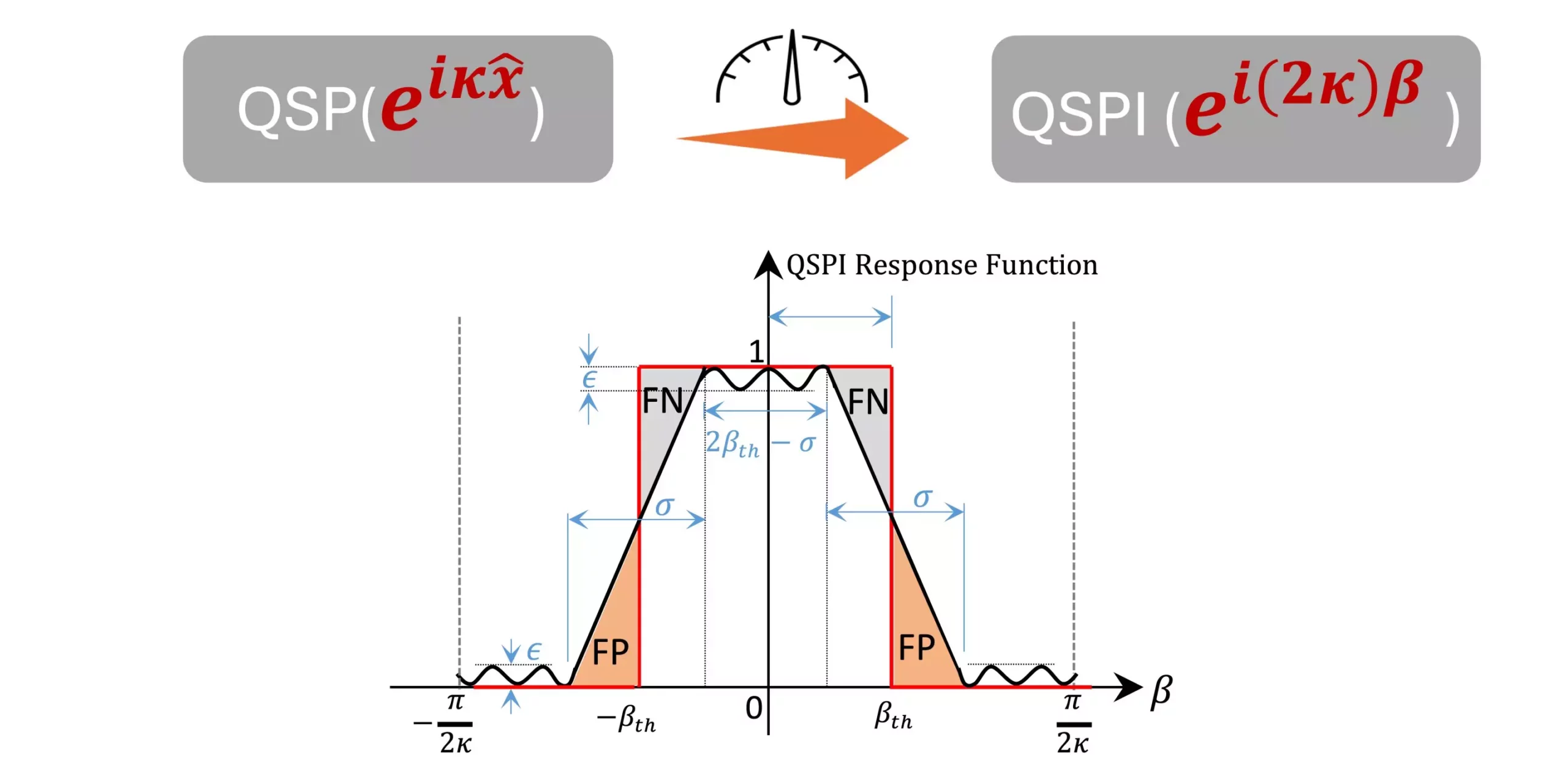In an era where technology strides forward at an astonishing rate, the advent of quantum sensors marks a transformative juncture in scientific advancement. Recent research emerging from North Carolina State University and the Massachusetts Institute of Technology has proposed an innovative protocol designed to optimize these quantum sensors, making them significantly more adept at detecting important signals than their classical counterparts. This groundbreaking study dives into the intricate relationship between quantum mechanics and sensor technology, shedding light on a future where precision sensing becomes the norm rather than the exception.
Bridging Classical and Quantum Realms
The genius behind this research is attributed to Yuan Liu, a visionary assistant professor of electrical and computer engineering and computer science at NC State. Liu’s background, notably his tenure as a postdoctoral researcher at MIT, contributes profound insights into the complexities of quantum systems. He emphasizes that while quantum sensing has the potential to enhance measuring capabilities, the primary obstacle remains the ability to precisely target the desired signals. Liu’s approach ingeniously takes cues from classical signal processing—an area deeply ingrained in electrical engineering—to redefine these principles for quantum systems.
At the core of this protocol lies the coupling of a qubit and a bosonic oscillator. This coupling is not merely a technical nuance; it represents a fundamental shift in how we conceptualize interaction within quantum domains. Qubits, the fundamental units of quantum information, alongside bosonic oscillators, open up infinite-dimensional possibilities far surpassing classical systems which are limited in their descriptiveness. Liu and his team’s protocol offers an avenue to navigate this complexity, applying a structured methodology that resonates with engineers accustomed to traditional filter designs.
Algorithmic Innovation: The Heart of the Breakthrough
As the researchers crafted their algorithmic framework, they made a pivotal decision to simplify their questions to a binary format: does the target exhibit a specific property? This crucial step displaced the overwhelming complexity of infinite-dimensional calculations by narrowing down the focus. Rather than seeking to quantify the properties of a signal, they redirect the inquiry towards detecting its presence or absence. The ability to sculpt the expectations of the oscillator in this manner signifies a remarkable shift from complex measurement strategies to a more manageable concept that retains the power of quantum precision.
The coupling mechanism introduces the elegance of polynomial functions into the equation. By applying polynomial transformations to the bosonic oscillator, researchers can finely tune its wave function to respond selectively to target signals. This manipulation holds the promise of greater accuracy in signal detection, with the measurement process streamlined to a single readout from the qubit. This ‘single-shot’ measurement model is revolutionary; it alleviates the constraints posed by repeated measurements typical in conventional sensing methods, offering a radical efficiency improvement.
A Revolutionary Framework for Future Research
The implications of Liu’s research extend far beyond basic quantum mechanics into practical applications across various quantum technologies. By demonstrating the feasibility of utilizing existing quantum resources—such as trapped ions and superconducting platforms—more broadly, the research provides a necessary and easily adaptable framework for diverse quantum sensor designs.
This simplicity stands out. It suggests that even small-scale laboratories can harness sophisticated quantum capabilities without necessitating vast investments in custom-built equipment. As researchers like Jasmine Sinanan-Singh and Gabriel Mintzer, both graduate students from MIT, contribute to this research, it underscores the collaborative spirit driving quantum innovation forward. Their joint effort illustrates the importance of fresh perspectives in reimagining complex systems, ultimately paving the way for groundbreaking applications in fields spanning health, environmental monitoring, and beyond.
While the research elucidates exciting possibilities for enhancing quantum sensors, the journey does not stop here. It beckons a deeper inquiry into the potentials of quantum mechanics at large and underlines the importance of interdisciplinary approaches in scientific advancement. As we stand on the threshold of this quantum era, the evolution of sensory technology offers not just the promise of enhanced measurement capabilities, but a paradigm shift in how we understand and interact with the universe around us. Embracing the potentials of quantum systems can redefine our scope of discovery, unlocking doors to realms previously uncharted, all facilitated by a new language of precision and efficiency in sensory technology.


Leave a Reply